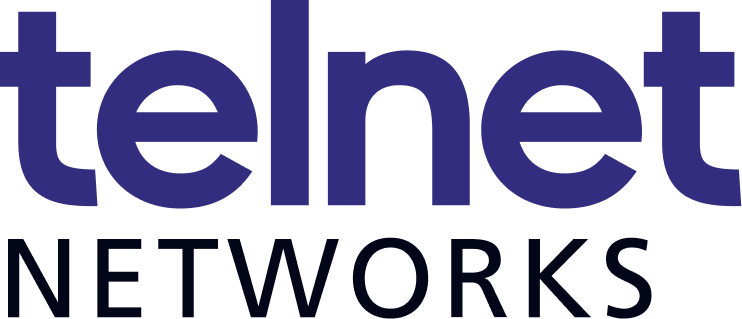Modern Bypass Switches also offer granular control and flexible configurations, allowing administrators to choose whether the device should fail open to prioritize uptime or fail closed to prioritize security. With features like remote management, logging, alerting, and the ability to validate inline devices during maintenance, they provide both visibility and control. This makes them particularly valuable in high-volume, low-latency, or encrypted traffic environments, allowing organizations to maintain security and operational continuity without compromise.
Vendors like Keysight, Cubro, Profitap, and Garland offer Bypass Switches and visibility solutions that prevent inline security tools from becoming single points of failure. By monitoring device health with heartbeat packets, link-state checks, and latency thresholds, these switches can automatically reroute traffic to maintain uninterrupted network operations in the event of an appliance failure or congestion.
What is a Bypass Switch
A Bypass Switch is a fail-safe device that maintains continuous traffic flow when an inline security appliance such as an IPS or firewall becomes unavailable. Under normal conditions, the switch directs all packets through the security device for inspection, filtering, and threat prevention. If the appliance fails, loses power, or must be taken offline for maintenance, the Bypass Switch instantly reroutes traffic around it to prevent downtime and keep the network operational.
To achieve this, the switch continuously monitors the health of the inline device using heartbeat packets, power detection, and link-state checks. As long as the heartbeats return, the appliance stays in the path. If the heartbeats are interrupted or performance thresholds are exceeded, the switch enters bypass mode and allows traffic to pass directly between network ports. This approach preserves uptime and enables organizations to service or replace security equipment without disrupting live traffic.
How External Bypass Switch Failover Works Today
Modern Bypass Switches are designed to actively safeguard both performance and security rather than simply acting as a passive relay. They constantly measure link conditions and appliance responsiveness in real time, using mechanisms such as power detection, link-state analysis, heartbeat packets, and latency thresholds. When these metrics indicate an emerging problem, the switch automatically removes the inline device from the data path before end users experience disruption.
Advanced Bypass Switches offer granular policies and flexible configurations, allowing administrators to choose fail-open for uptime or fail-closed for security based on application needs. With built-in remote management, logging, and alerting, teams can see when and why failovers occur and even validate inline devices during maintenance. These capabilities make them especially valuable in environments with heavy encrypted traffic, low-latency transactions, or critical infrastructure, ensuring uninterrupted flow while preserving the required level of protection and visibility.
The Added Value of a Bypass Switch
Protects uptime: Automatically reroutes traffic if an inline security or monitoring tool fails, loses power, or requires maintenance.
Eliminates single points of failure: Prevents downtime and costly outages in high-availability or mission-critical environments.
Enables seamless maintenance: Lets you patch, upgrade, or replace IPS, IDS, firewalls, and other inline tools without interrupting live traffic.
Provides proactive monitoring: Uses heartbeat packets, link-state checks, and latency thresholds to detect performance issues early.
Maximizes security investments: Ensures your inline devices deliver their full value while minimizing operational and business risk.
Bypass Switches deliver the greatest value in environments where inline security tools such as IPS, IDS, firewalls, or DLP appliances are potential single points of failure. In high-availability networks, even brief outages caused by maintenance, software updates, or device crashes can disrupt business-critical applications. A Bypass Switch eliminates that risk by instantly routing traffic around the inline device if it becomes unresponsive or needs to be taken offline. This allows security teams to perform updates or swap hardware without interrupting live traffic.
They also shine in high-throughput or latency-sensitive applications, such as data centers, financial trading platforms, healthcare systems, and critical infrastructure, where uptime and reliability are paramount. By continuously monitoring link health with heartbeat packets and latency thresholds, bypass switches detect performance issues before they impact users. In these situations, they act as a safeguard that protects service continuity and ensures organizations get full value from their inline security investments without introducing new risks.
Contact our sales team today for a free consultation and quote on bypass switches tailored to your network needs.

